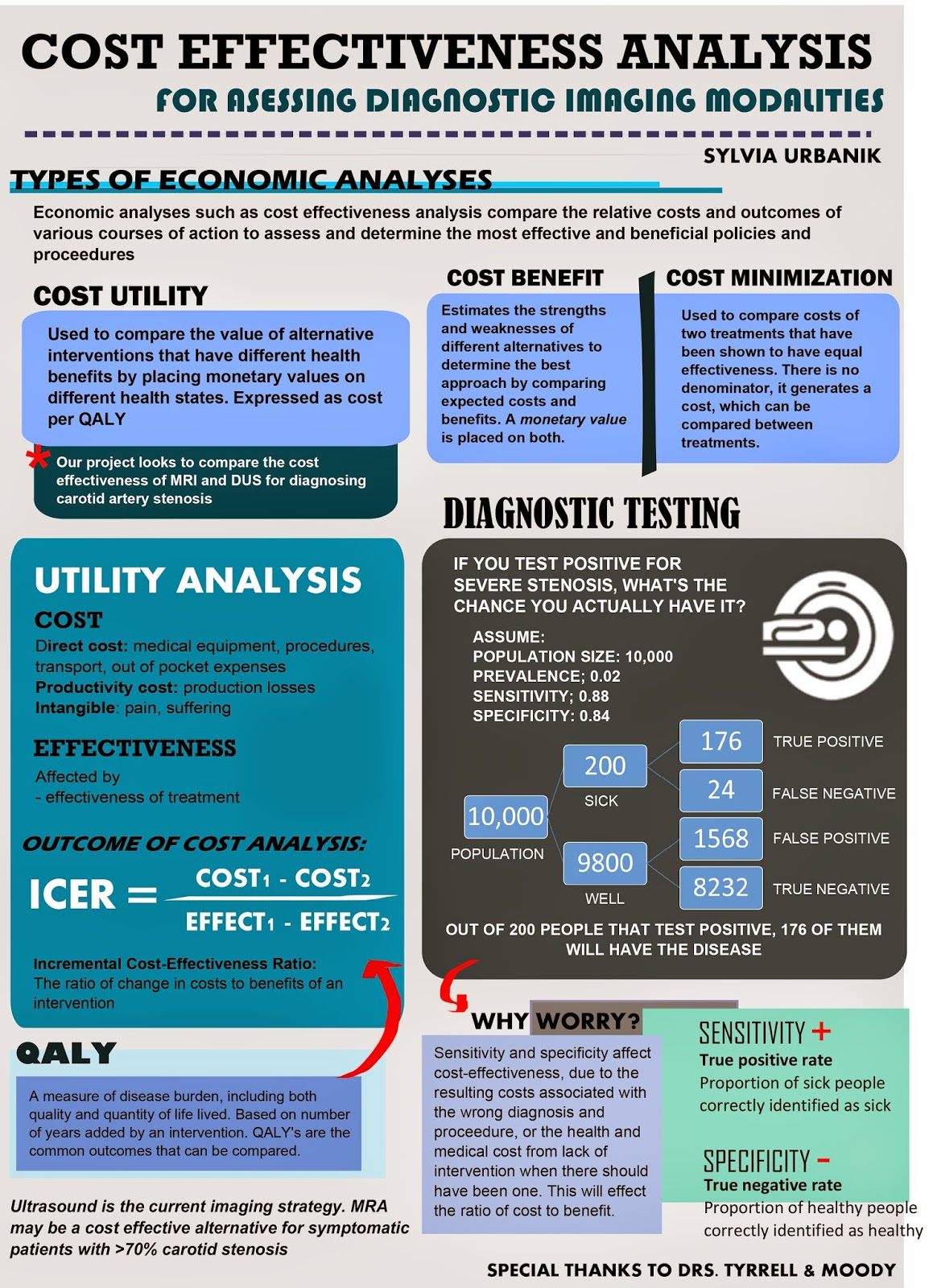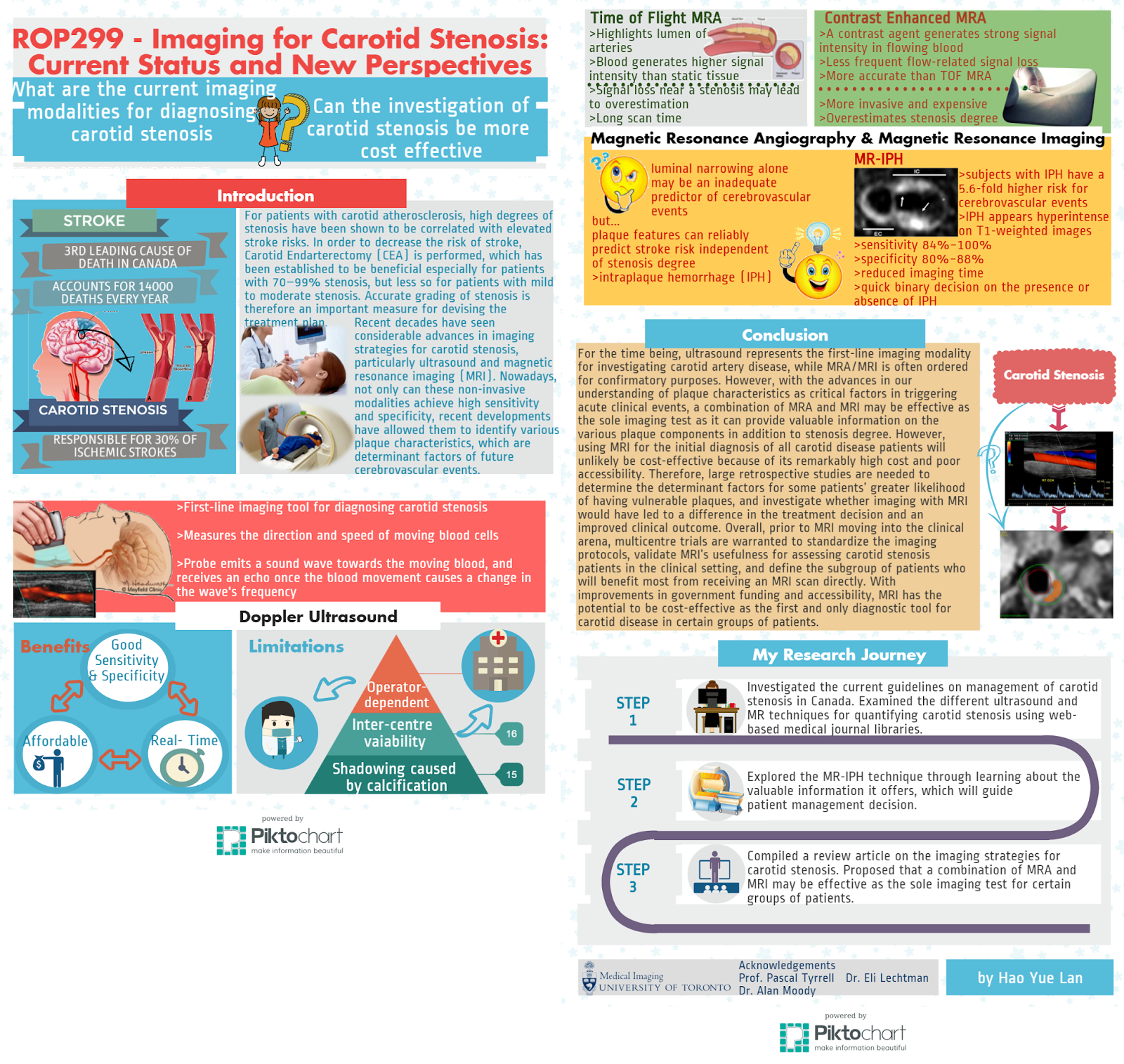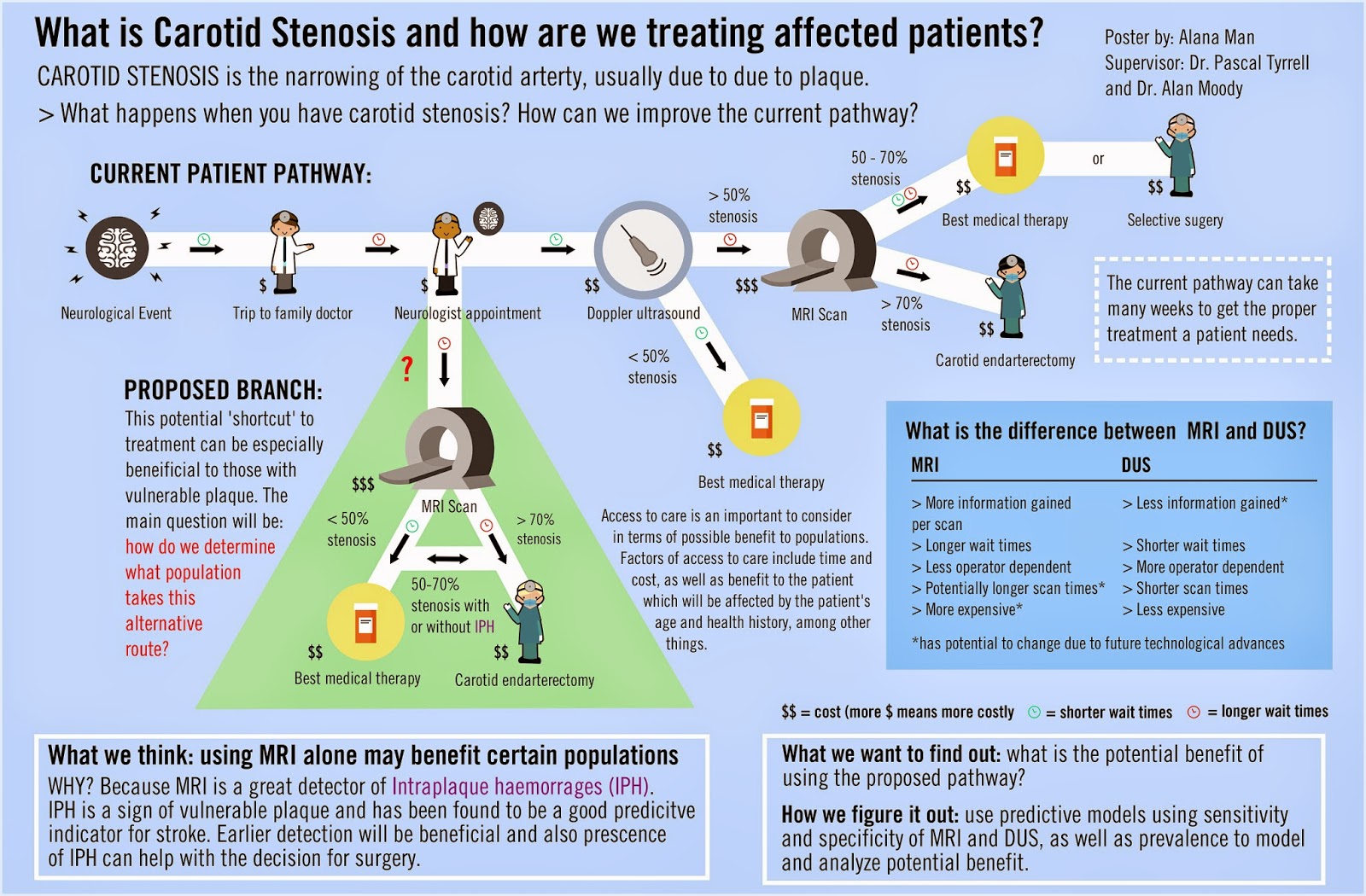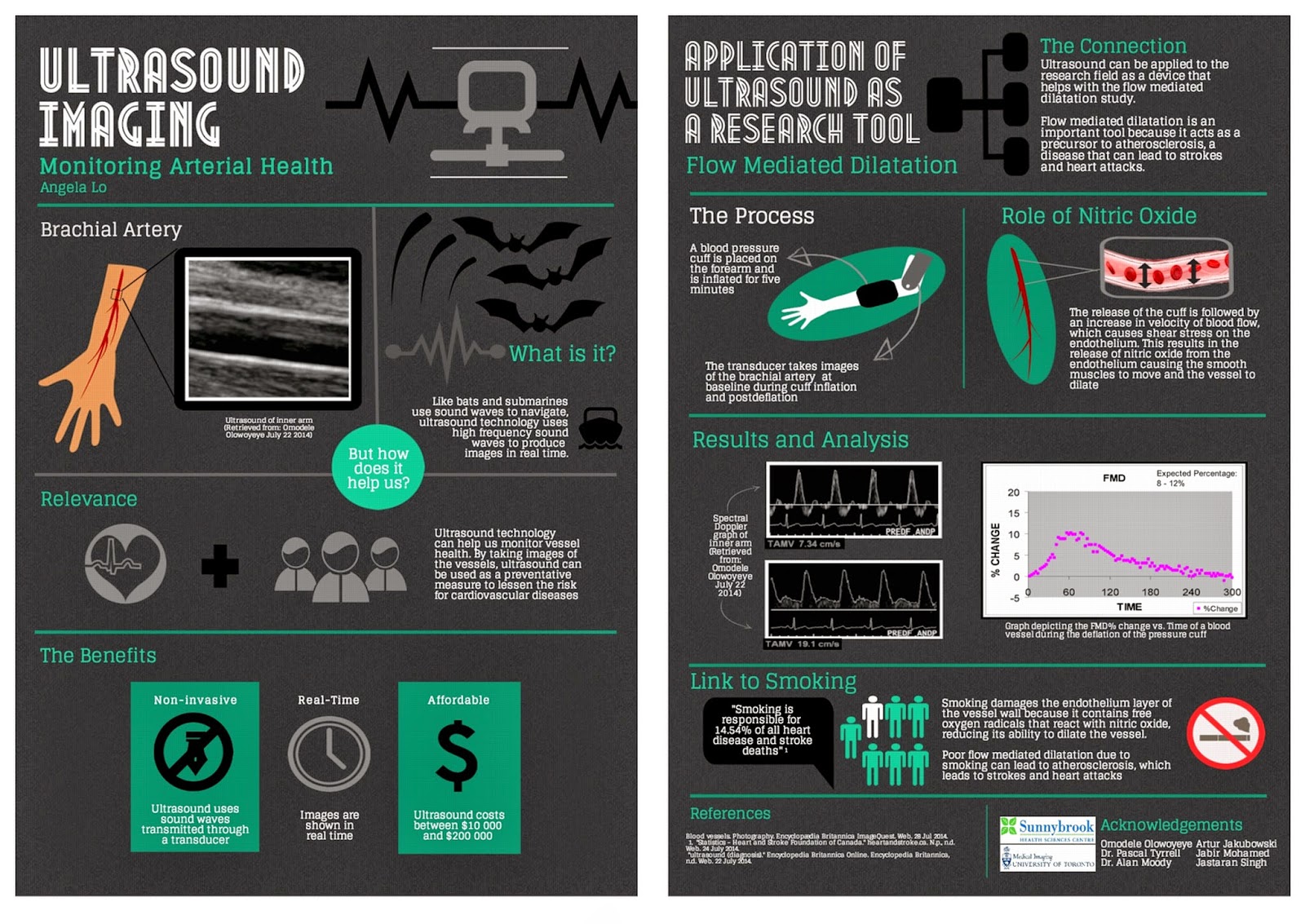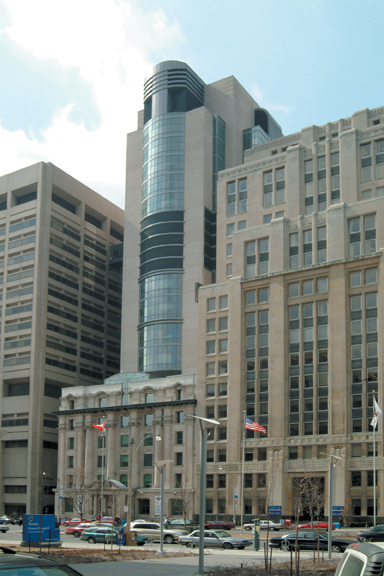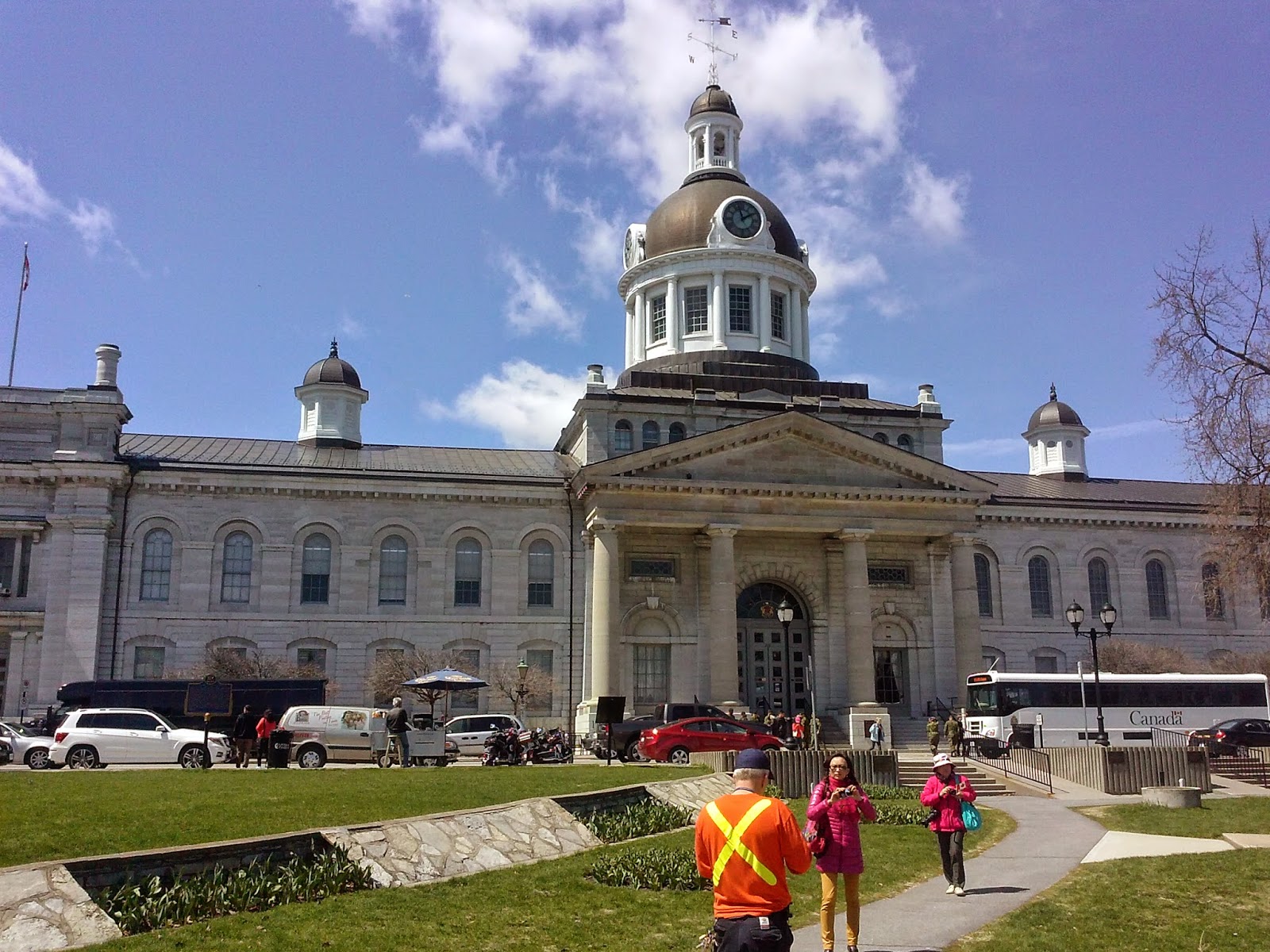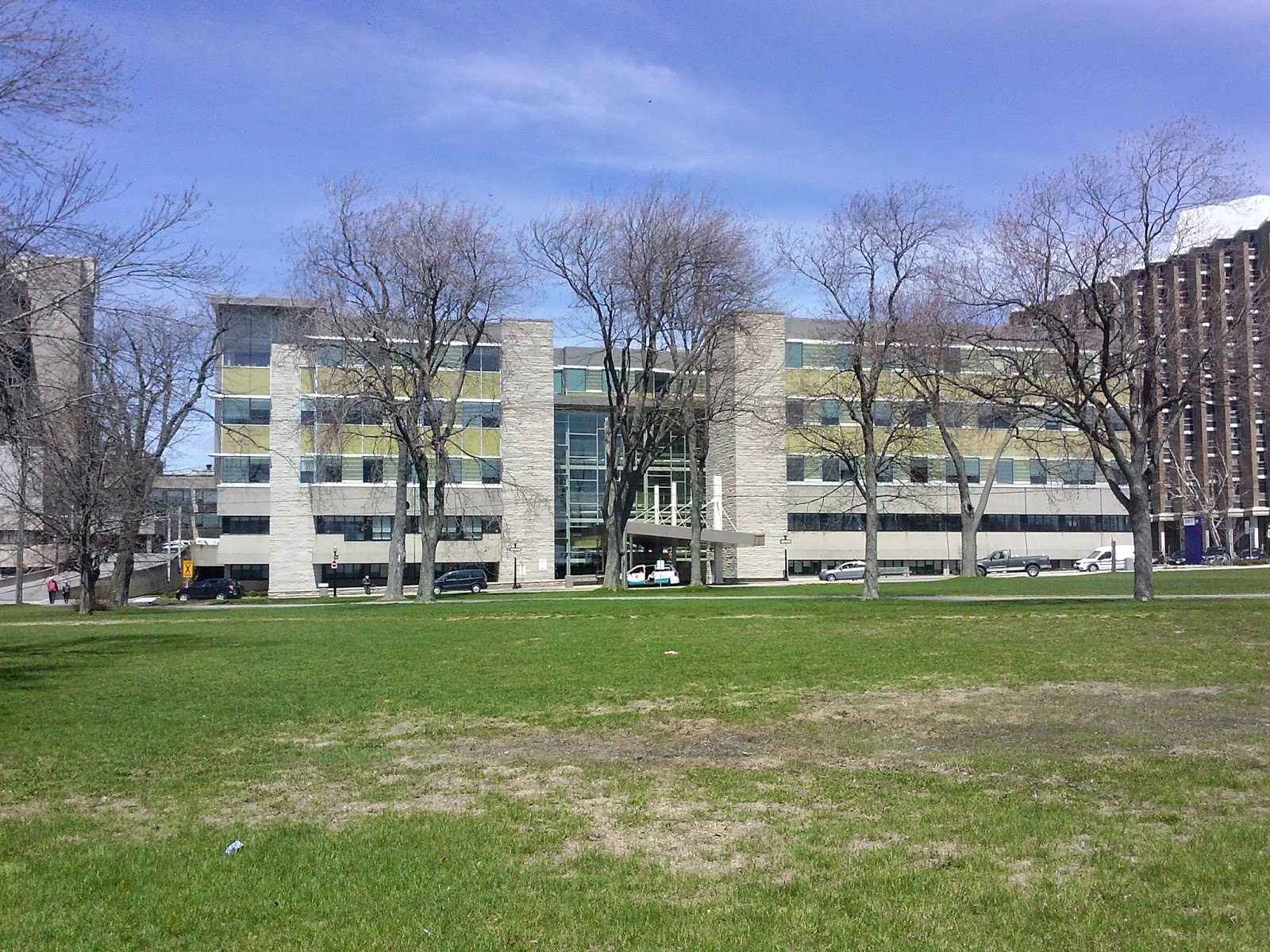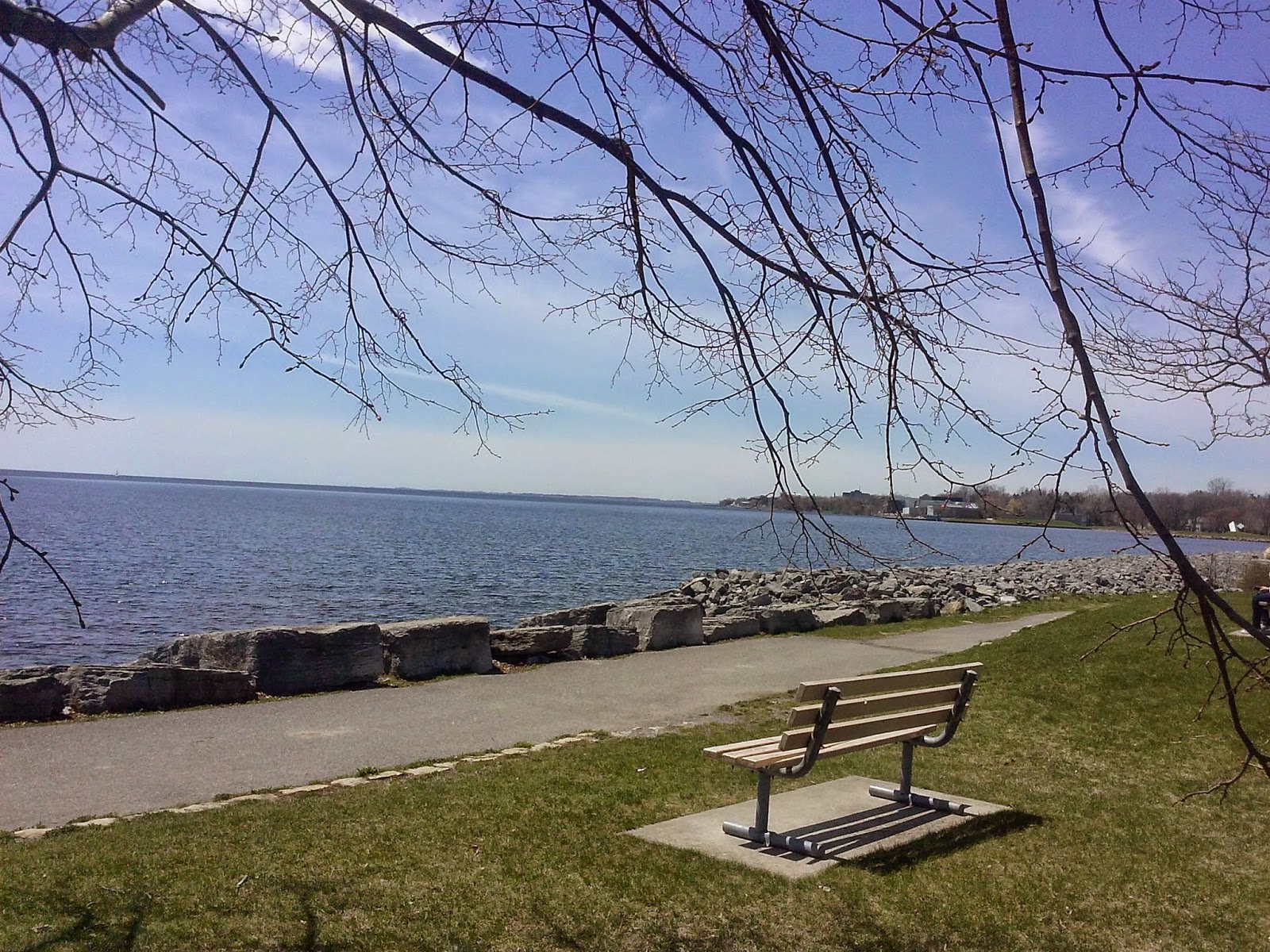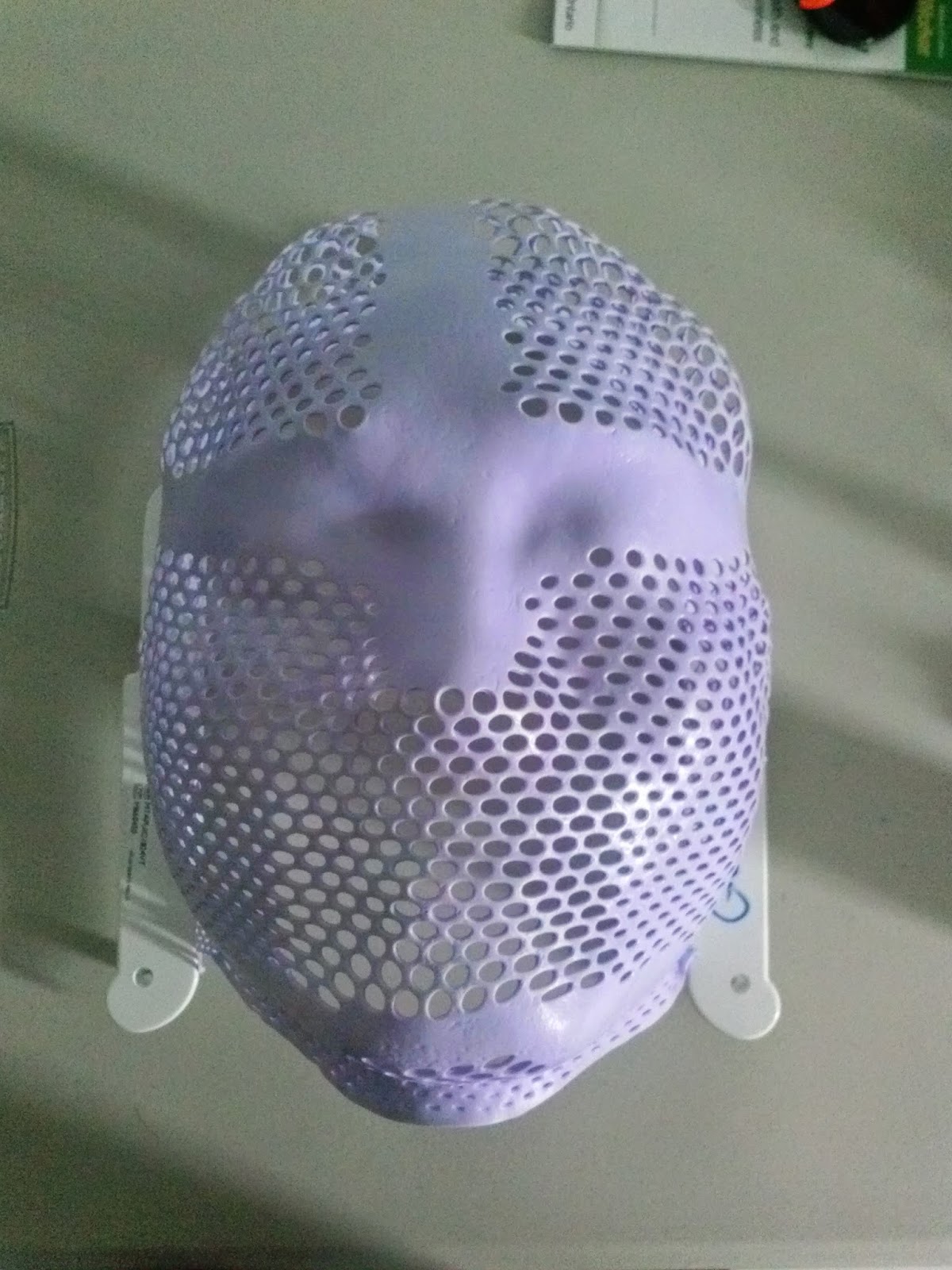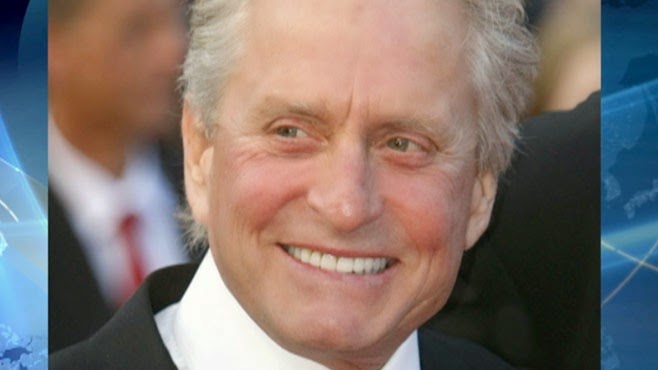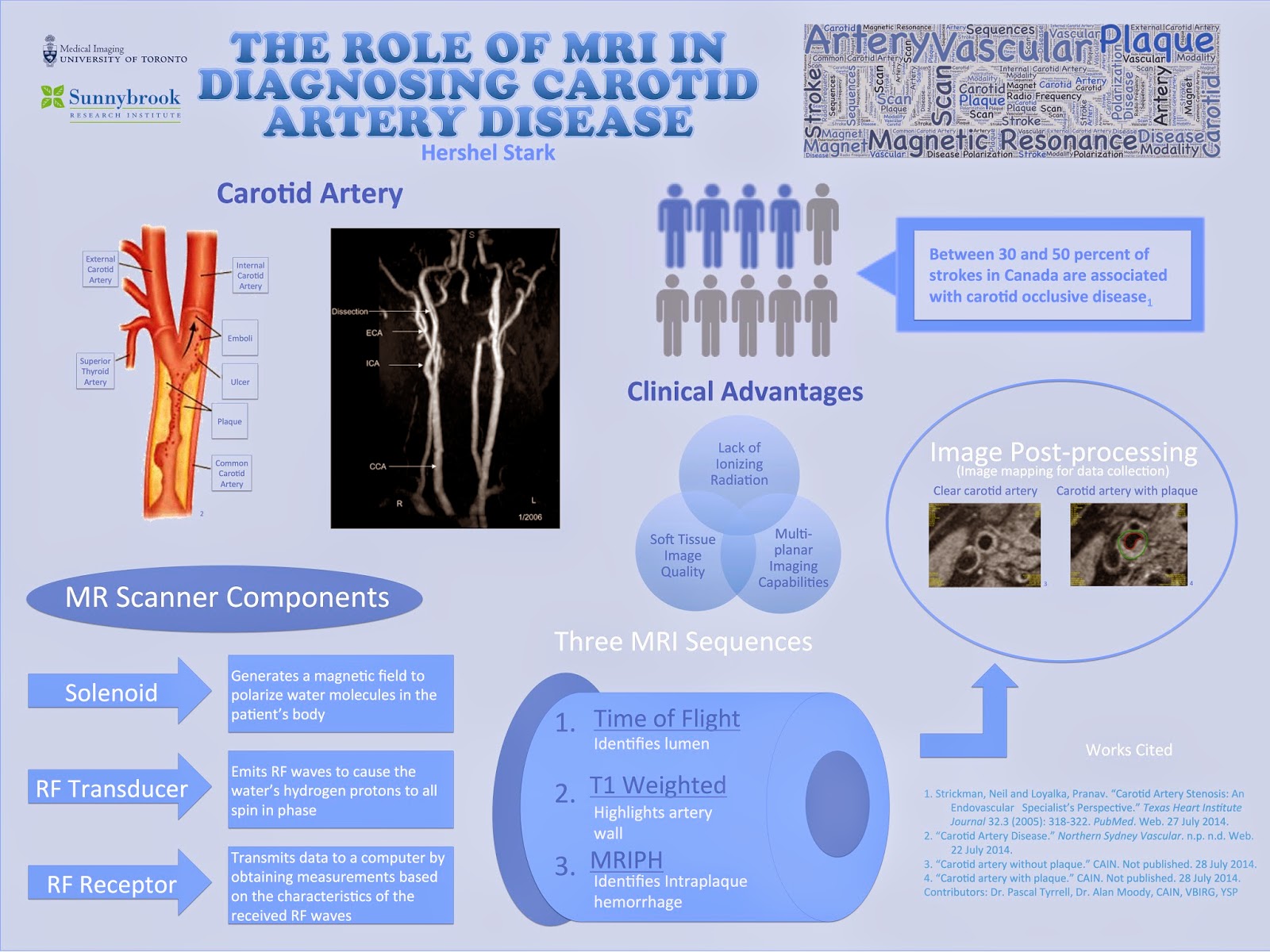 |
| Hershel Stark, MED YSP 2014 Student |
Throughout the month of July, I participated in a research program with the Division of Teaching Laboratories within the Faculty of Medicine at the University of Toronto. I was assigned to work with Prof. Pascal
Tyrrell and the Department of Medical Imaging, and spent the majority of my time with the Vascular Biology Imaging Research Group (VBIRG) at Sunnybrook Research Institute. I would like to discuss my experiences, what I gained from the program, and how I can take those skills with me into the future.
Essentially, the program was composed of presentations and shadowing opportunities in which I was introduced to various imaging modalities used in both the clinical and research fields. I primarily studied MR imaging, but was nevertheless exposed to other modalities including ultrasound and CT. Towards the end of the program, I had two principal objectives: to present my experiences to the VBIRG group and to design an infographic for displaying. Below is a copy of my infographic:
Notwithstanding the abundance of knowledge I gained from studying the subject content, I acquired a variety of essential research skills by partaking in the program. Shadowing proficient researchers as they collected
and analyzed data provided me with a thorough insight of a researcher’s methods and techniques. The researchers that I worked with appropriately explained their individual roles on the research team, which led to my understanding of the significance of collaboration in scientific and medical research.
One last aspect of the program that I would like to address is the daily workshops that were conducted by two instructors from the Division of Teaching Laboratories, Jastaran Singh and Jabir Mohamed. Each of these brief workshops focused on an important general topic relevant to research in general, ranging from discussing common scientific practices to elaborating on literary research. I believe that the combination of skills and knowledge that I obtained from all elements of the program will be useful in my potential
research career in university.
Lastly, I would like to take this opportunity to formally thank all of those that contributed to making the program a truly enjoyable and intellectually stimulating experience. I would like to extend my gratitude to
Dr. Alan Moody and the members of the VBIRG group for allowing me to shadow their research projects, as well as to Prof. Pascal Tyrrell and the Department of Medical Imaging at U of T for constructing the program and offering much assistance in the formation of my infographic. Finally, I’d like to thank Dr. Chris Perumalla and the Division of Teaching Laboratories in the Faculty of Medicine at U of T for formulating the research module of the Youth Summer Program, and Jastaran Singh and Jabir Mohamed for providing guidance as instructors throughout the program.
Best of luck in all of your future endeavours,
Hershel Stark
